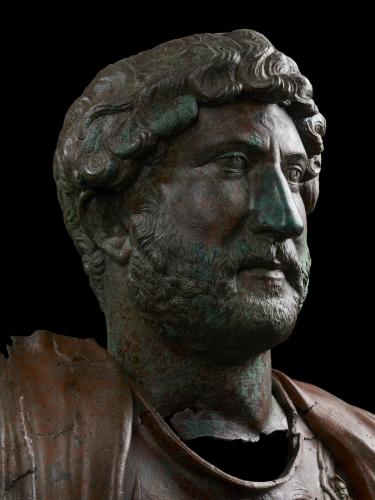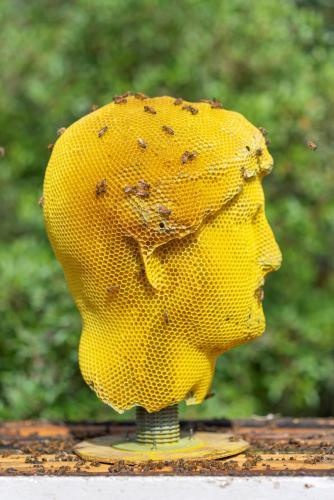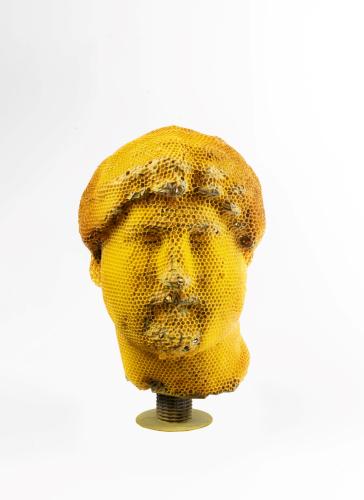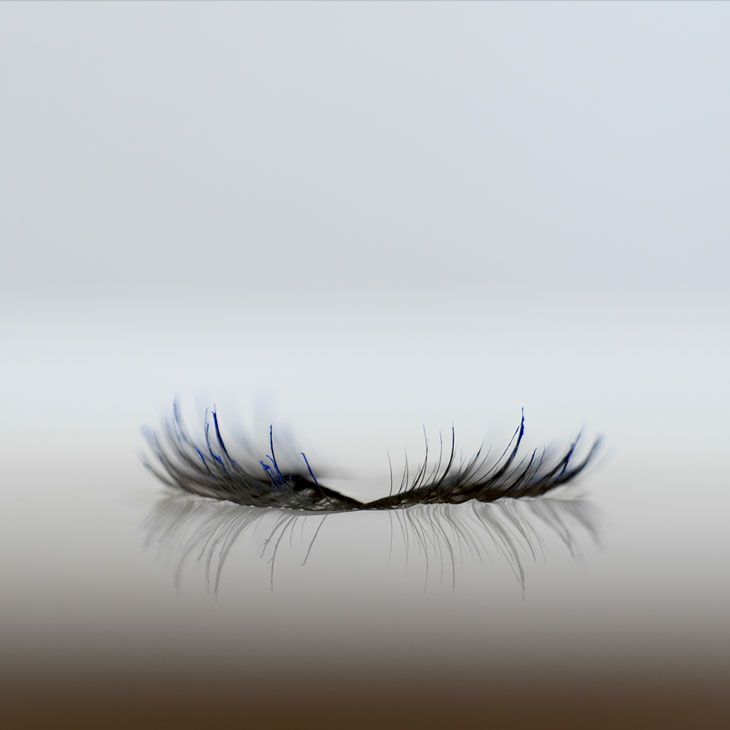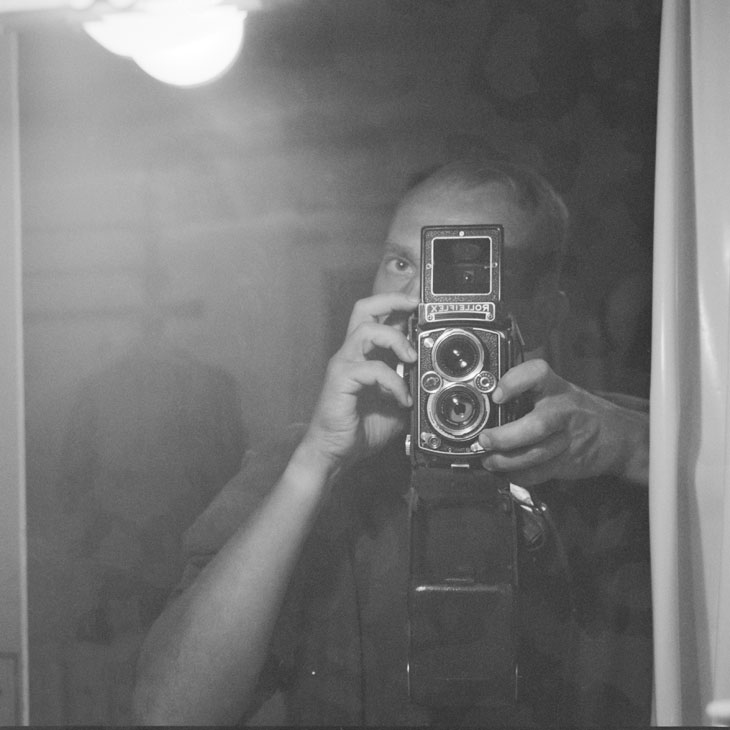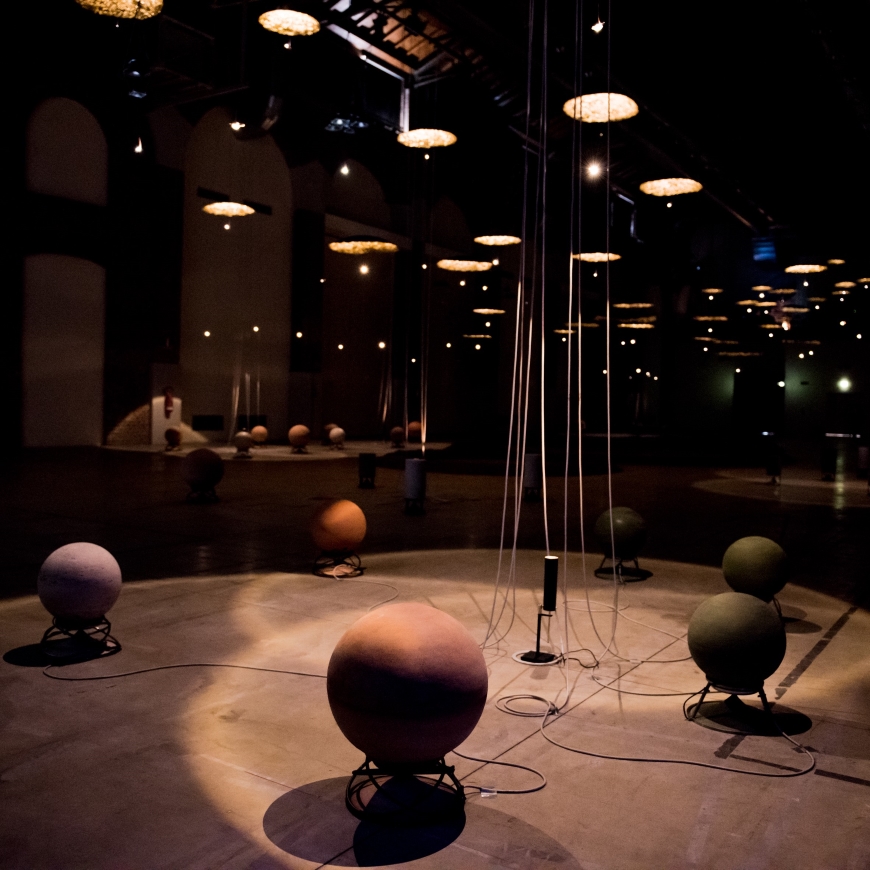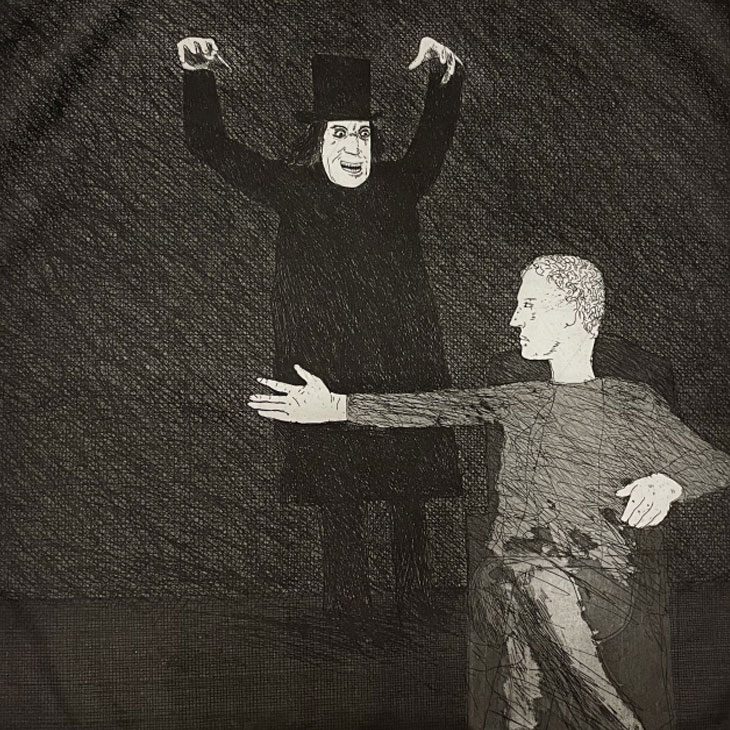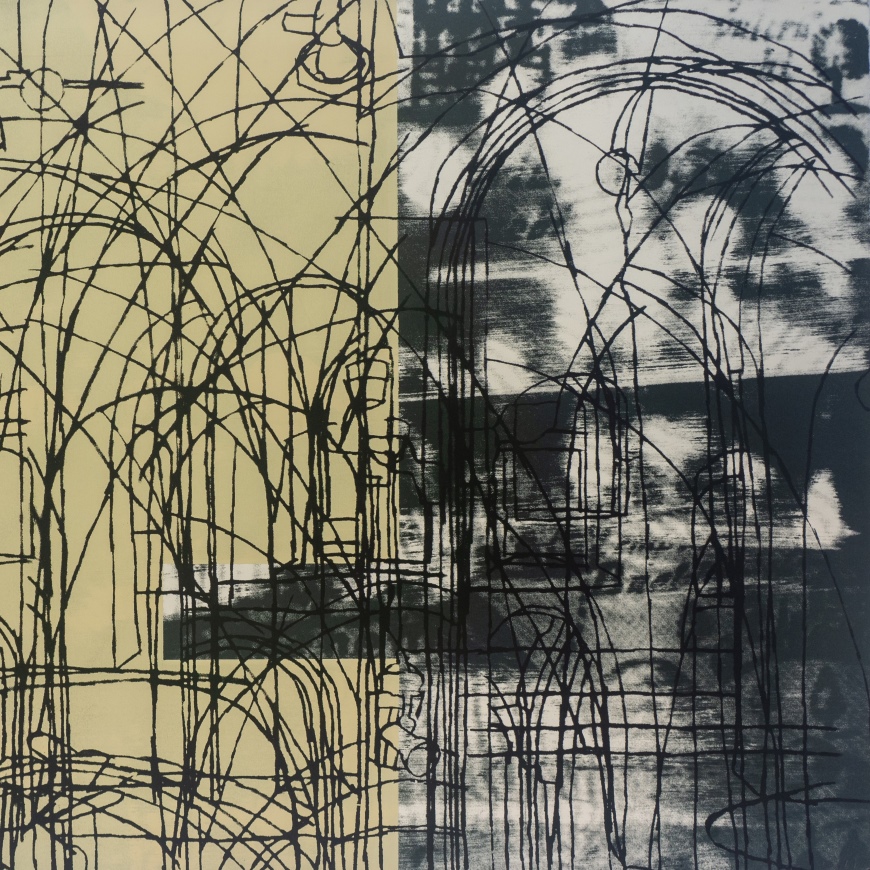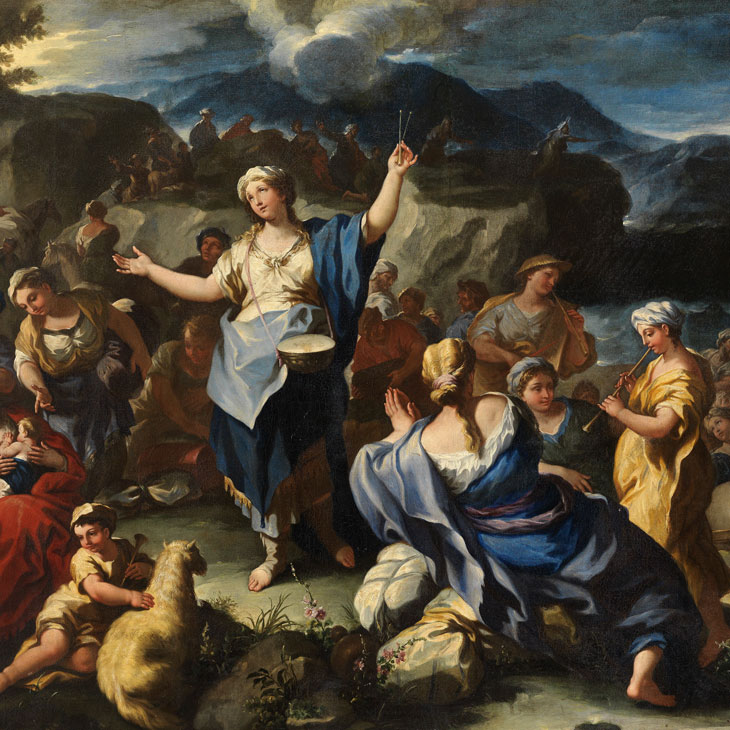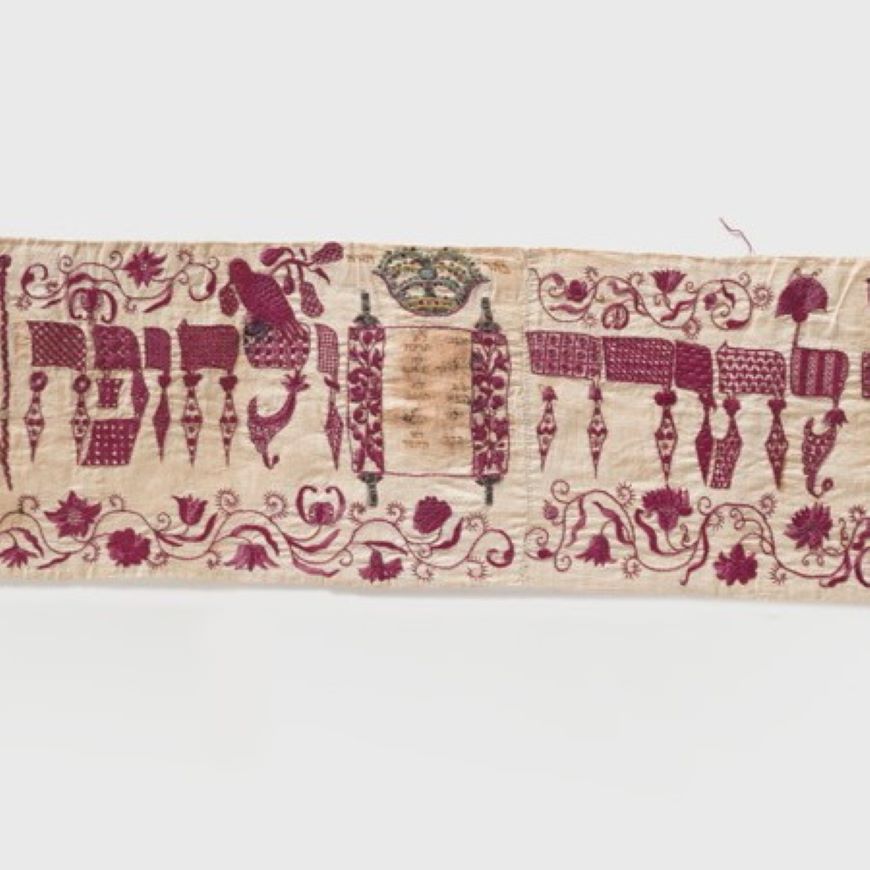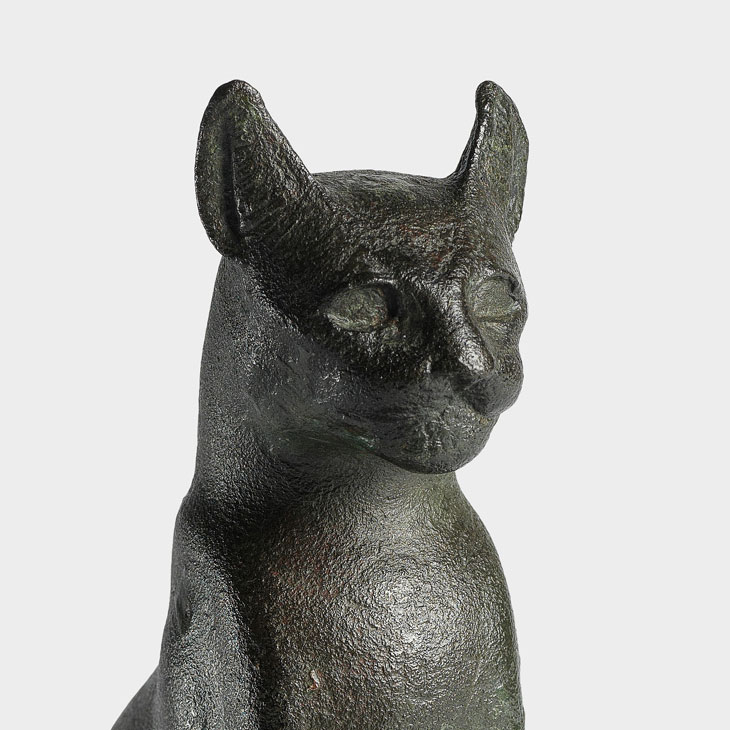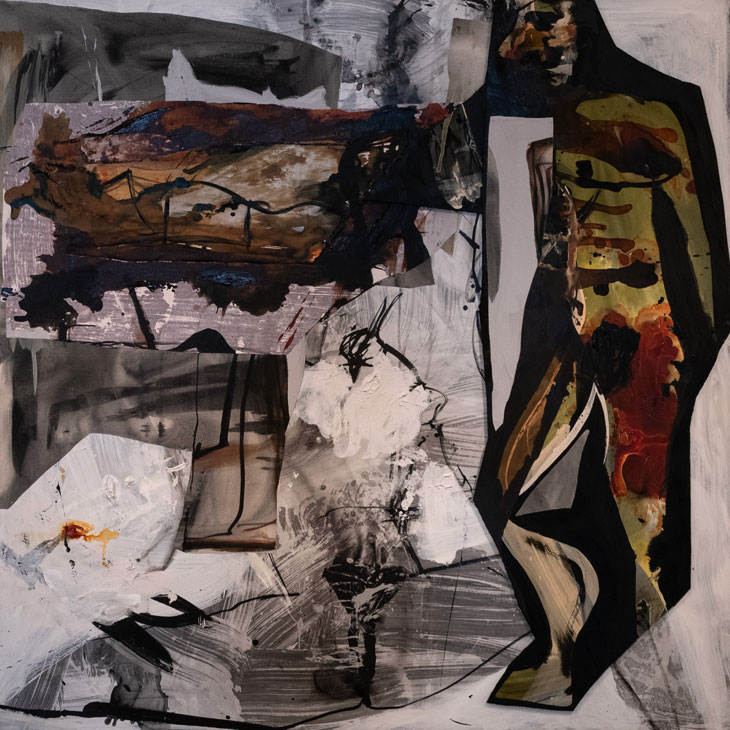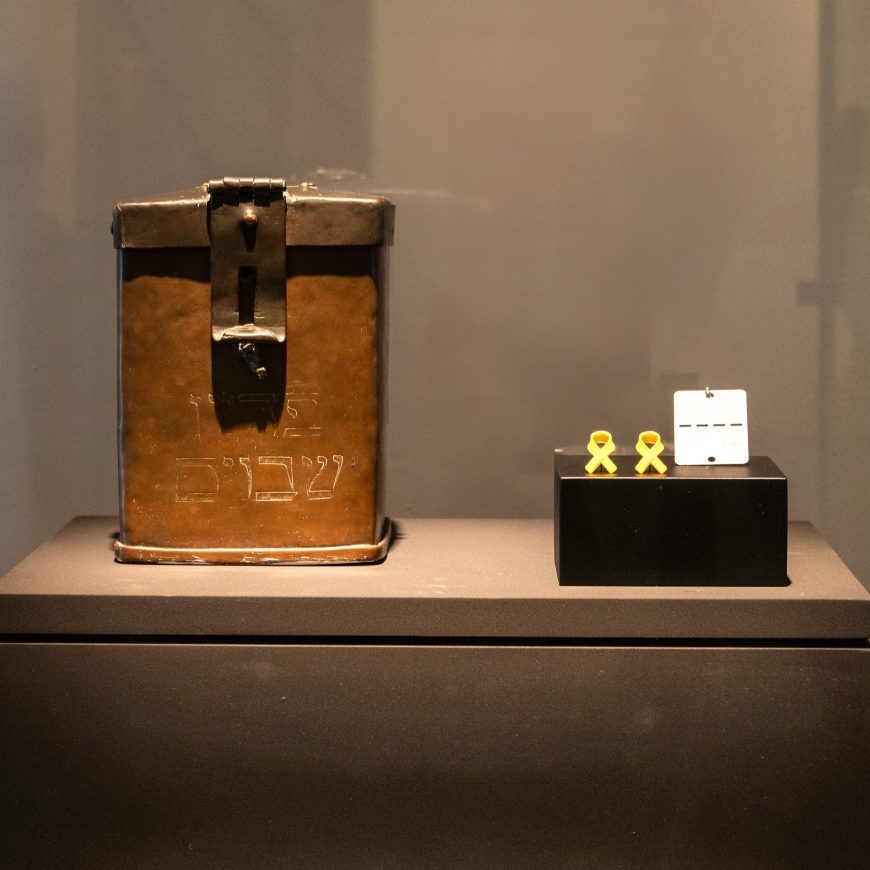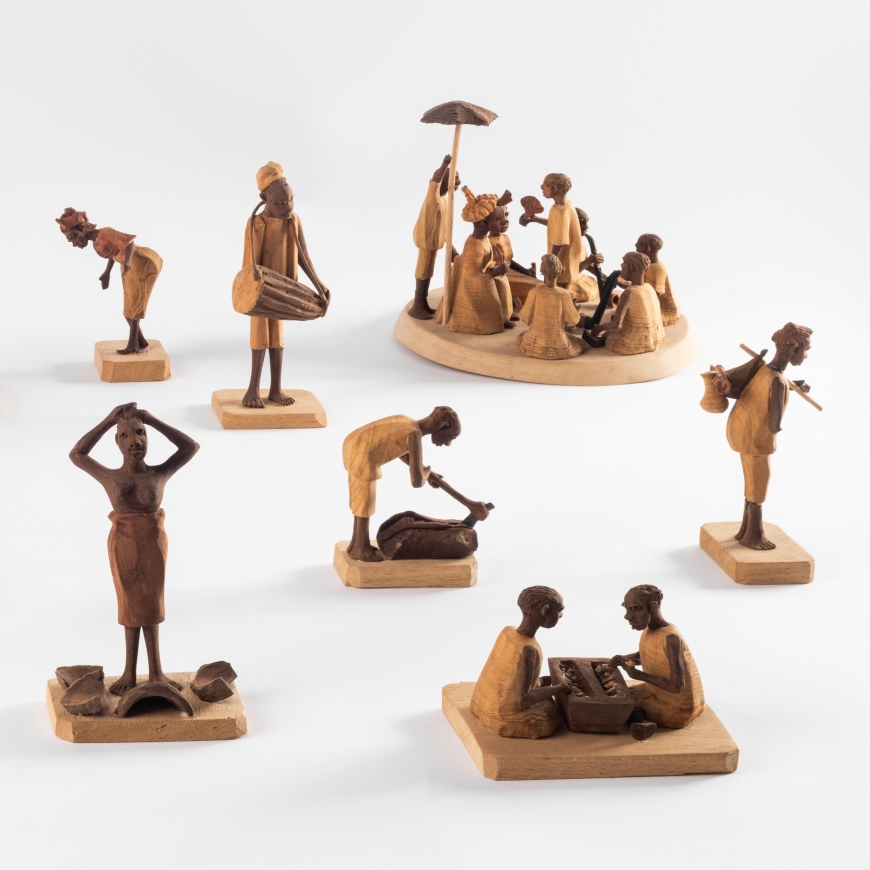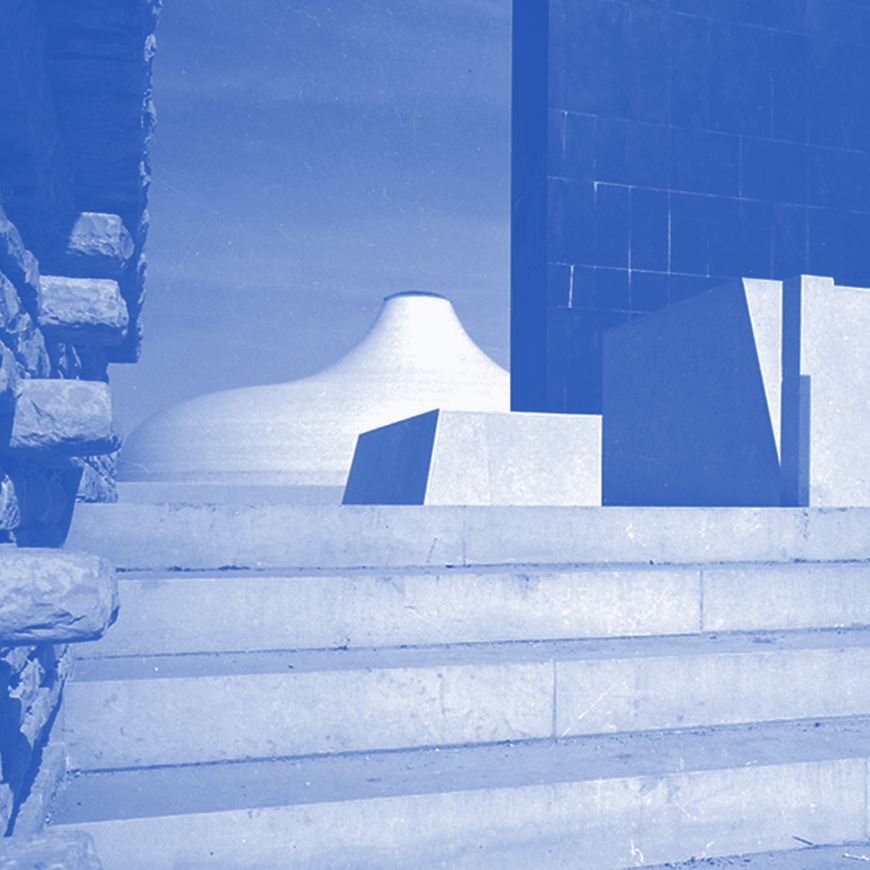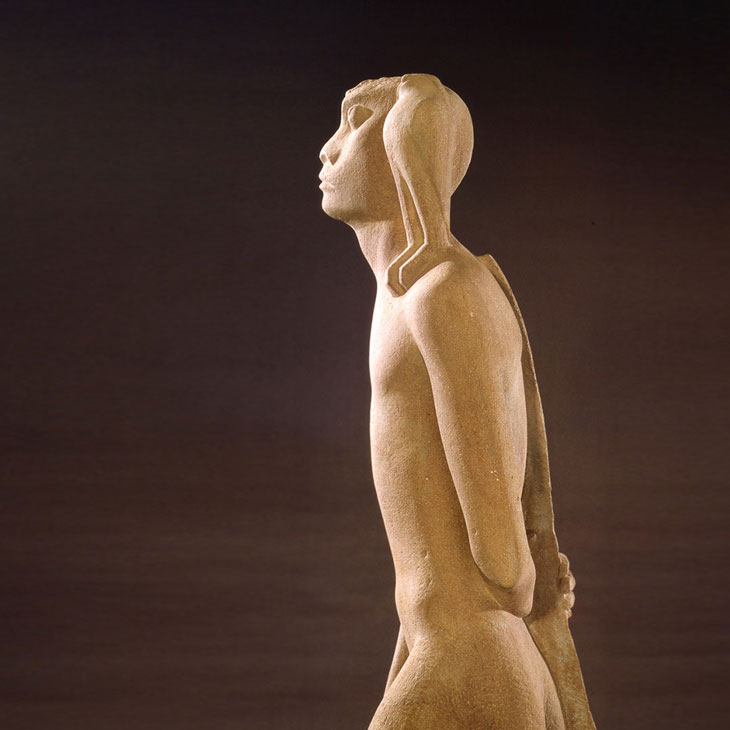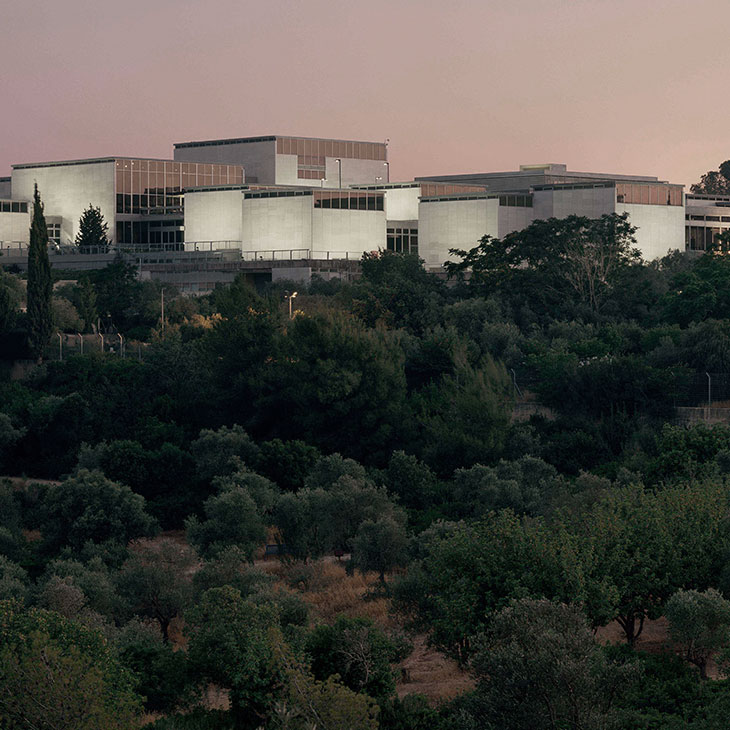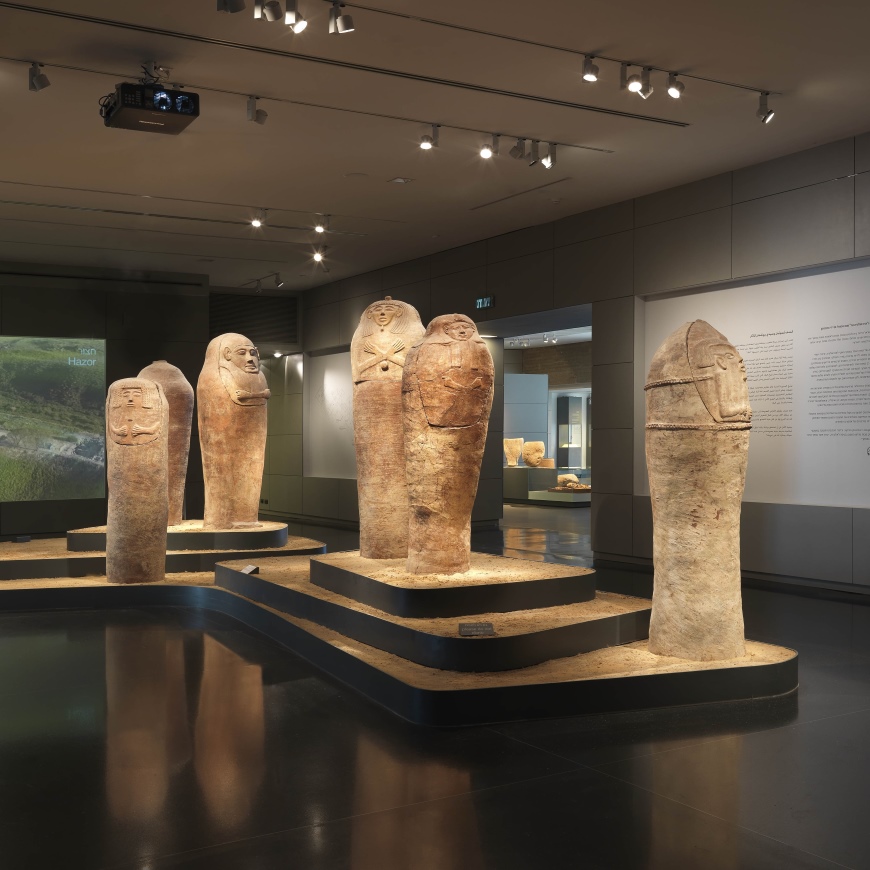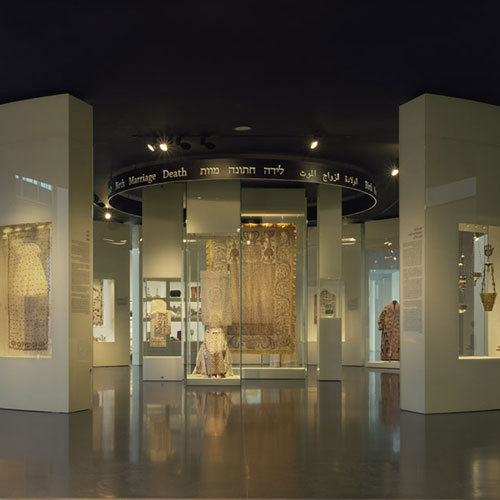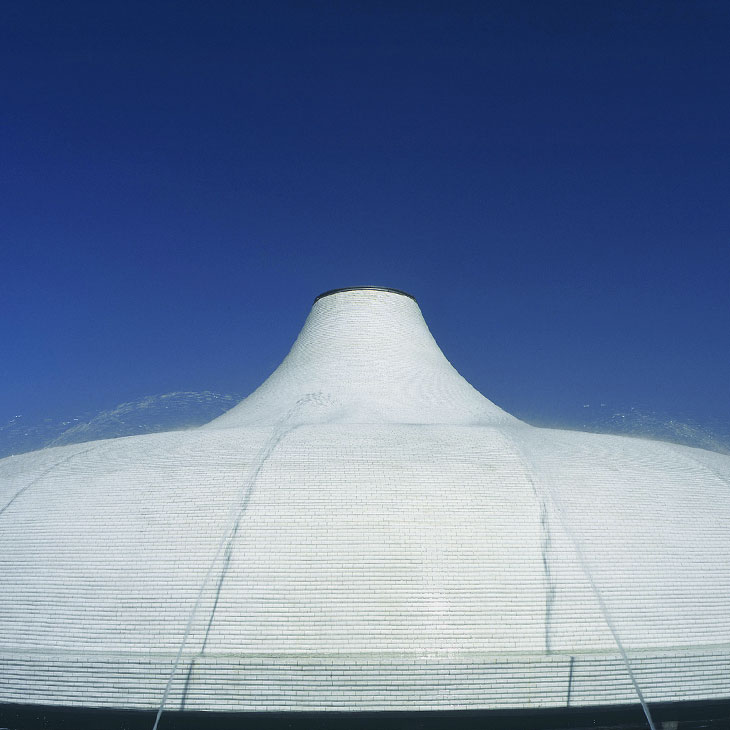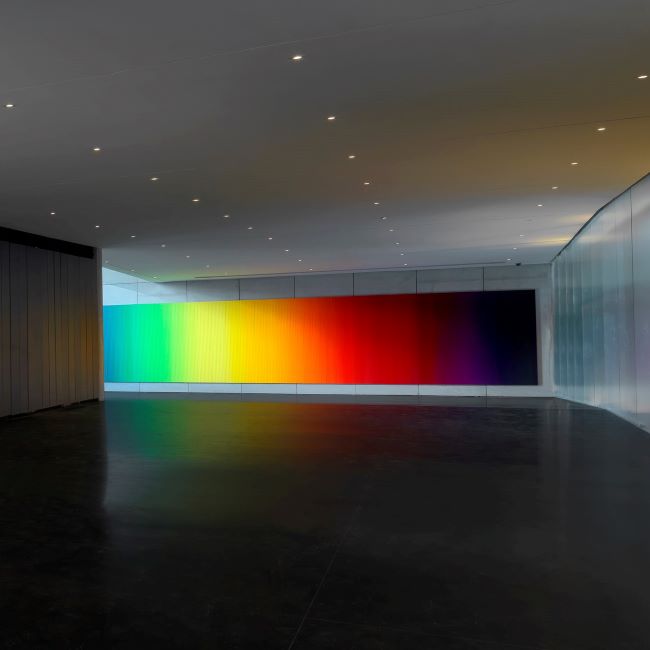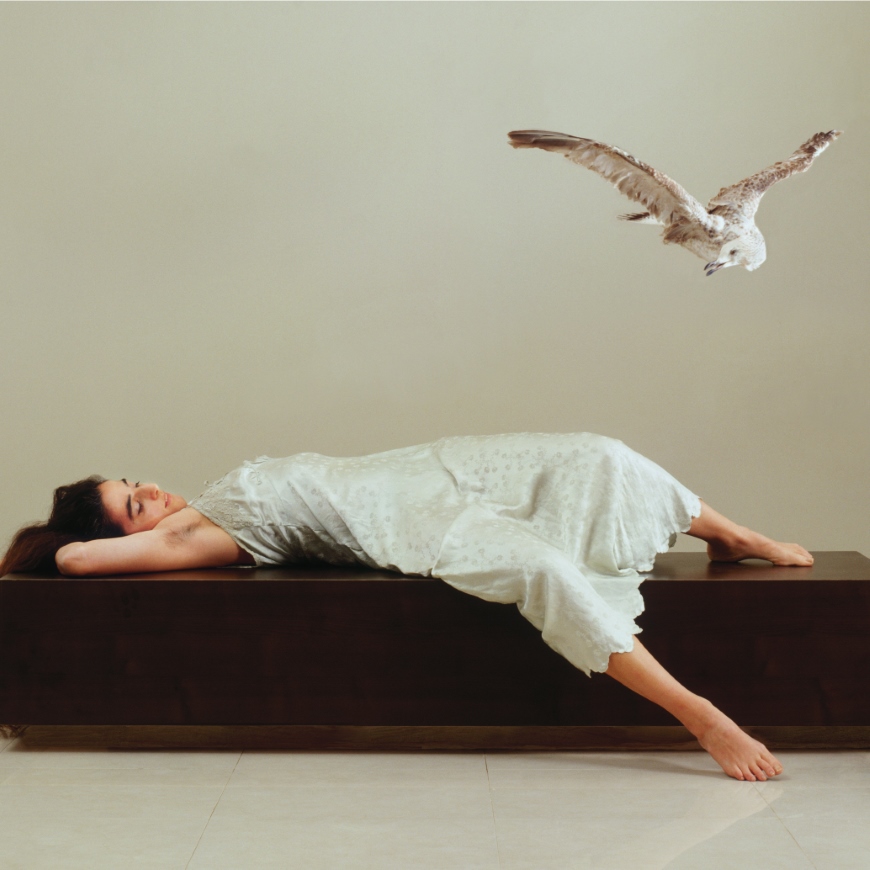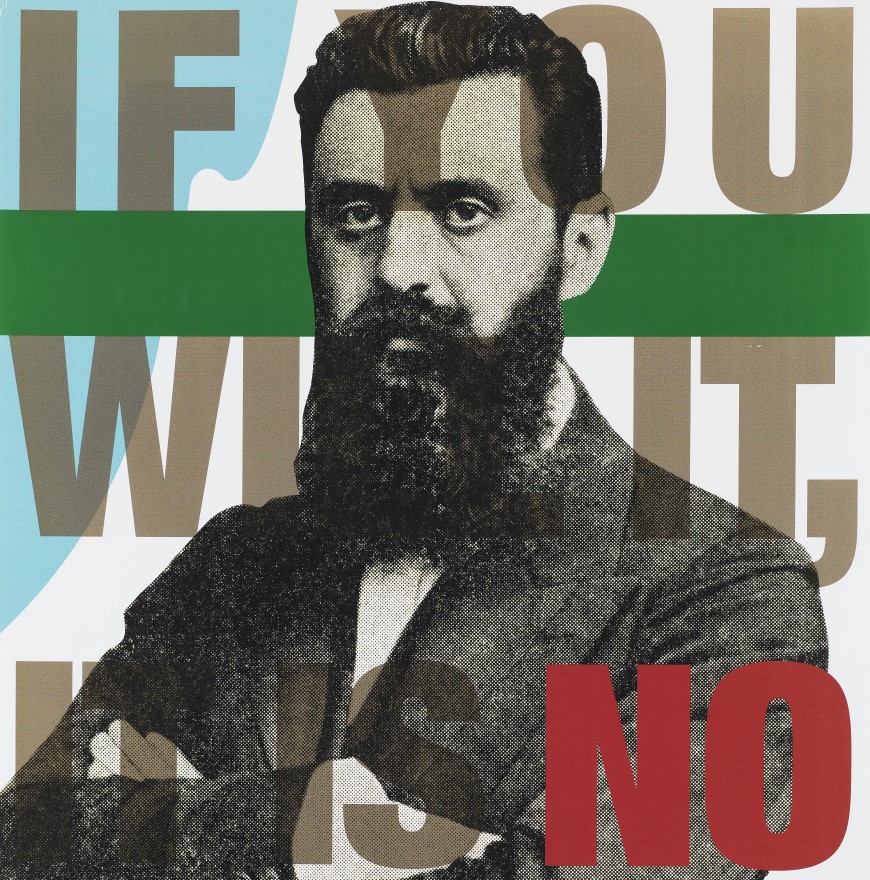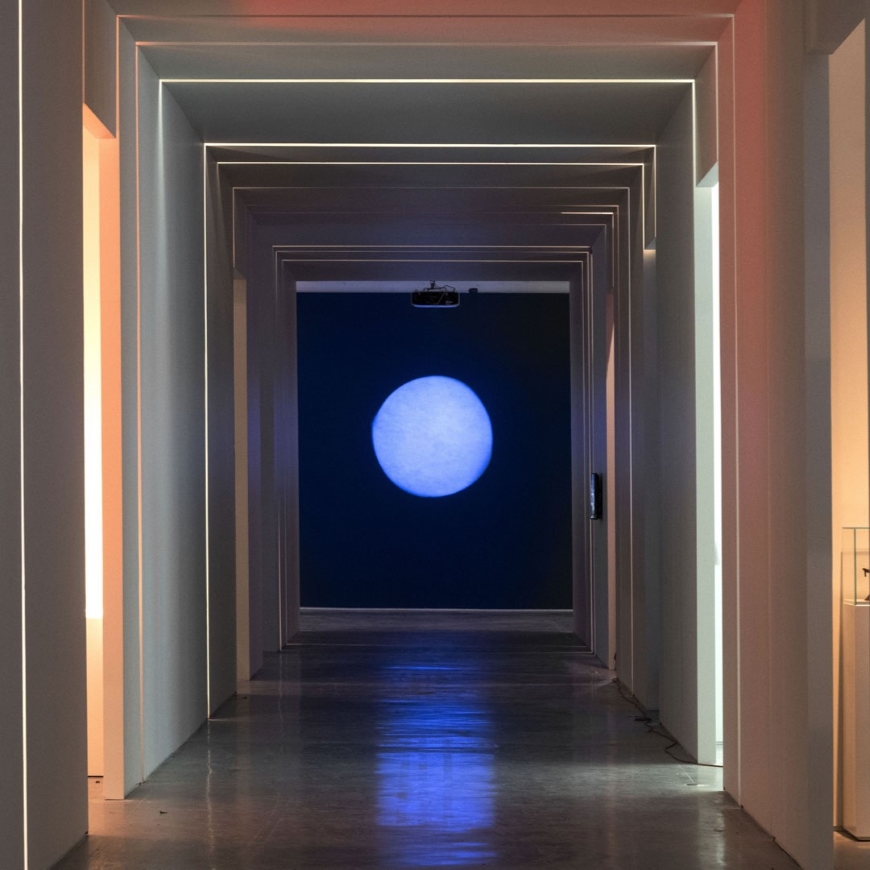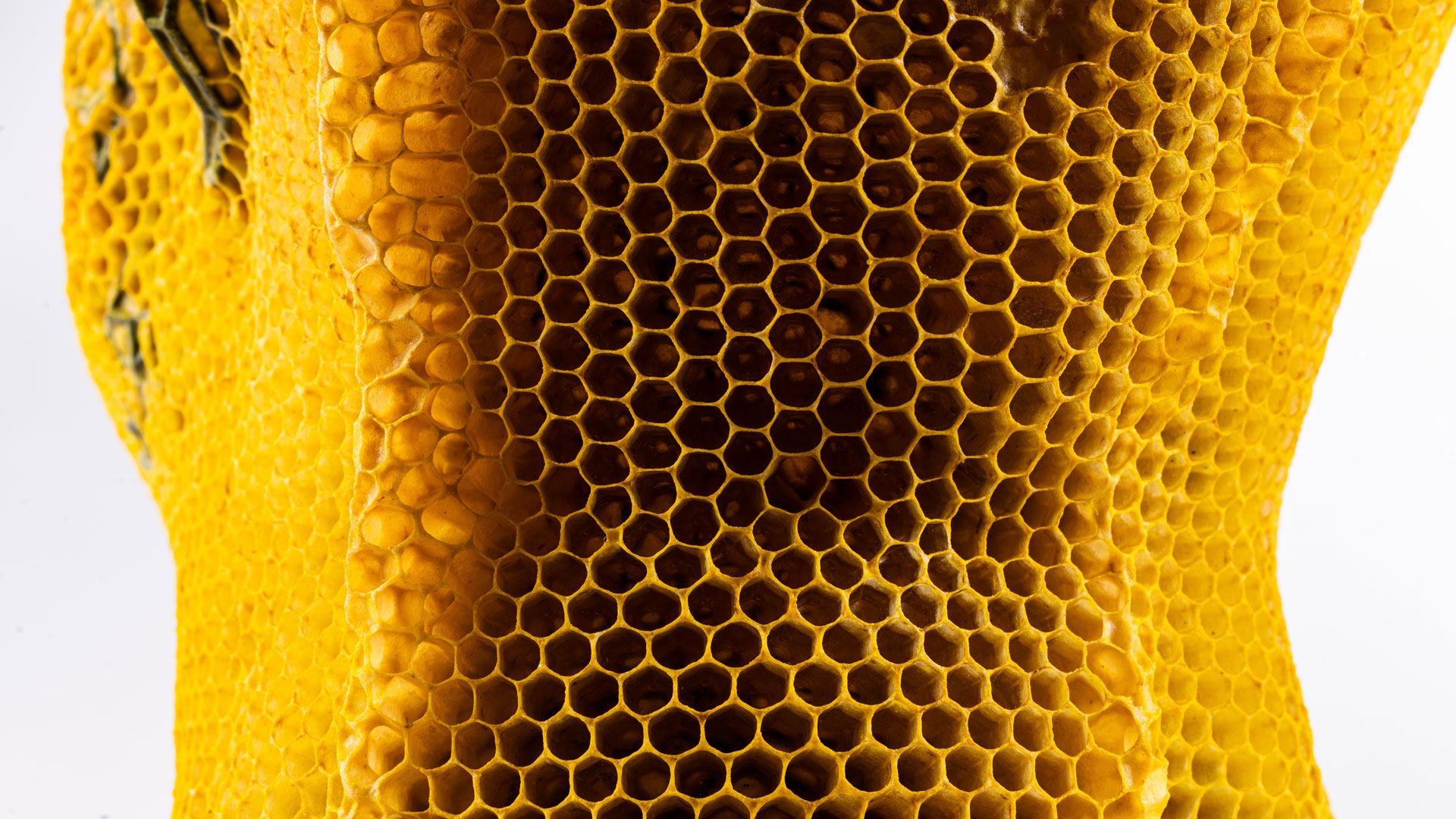
Crafted by Bees
-
April 11 2024 - January 28 2025
Guest artist: Tomáš Gabzdil Libertíny
Curators: Rami Tareef and Dudi Mevorach
Assistant curator: Natalie Peselev Stern
Beekeeper: Rafi NirDesigners: Michal Aldor and Netanel Dahan
-
Focus Gallery
Design and archaeology are two fields usually seen as unconnected. They do, however, share an interest in technology – and it was against this background that a unique project at the Israel Museum came into being.
A rare bronze statue of the second-century Roman Emperor Hadrian, today part of the Museum's permanent exhibition, was cast in antiquity using the lost-wax technique, in which beeswax was employed when creating the model for the bronze portrait. This ancient method is echoed in the fascinating work of prominent Slovakian-born artist-designer Tomáš Libertíny, who creates wax sculptures with the help of honeybees. Libertíny sees himself as a conductor of a natural orchestra represented by bees. The artist steps away from the work’s production, allowing contemporary design and technology to combine with the collective intelligence of a bee colony. In conversations between the curators of design and archaeology, the two realized that Libertíny’s expertise could be used to recreate the ancient lost wax version of Hadrian's statue.
With the professional help of beekeeper Rafi Nir, Libertíny and the curators placed beehives in the Museum’s Art Garden. Inside were 3D-printed mesh models of the statue; internal cameras followed 100,000 bees while they built honeycombs on Hadrian's head. The reconstructed portrait affords a fresh look at a singular exhibit in the Museum’s archaeological display.
Hadrian’s honeycomb sculpture connects layers of historical knowledge with the Museum’s contemporary role, preserving the past while engaging with present-day social and environmental issues. The project promotes an eco-centric approach, not only as an ideology; in the Museum’s Art Garden, the beehives have become part of the landscape, a means of cultivating nature in an urban environment.
Exhibition made possible by the donors to the Israel Museum’s Exhibition Fund
Claudia Davidoff, Cambridge, Massachusetts, in memory of Ruth and Leon Davidoff
Hanno D. Mott, New York
The Nash Family Foundation, New York
Assistance provided by Evi Musher Shechter
Exhibition was made possible by
![]()
![]()
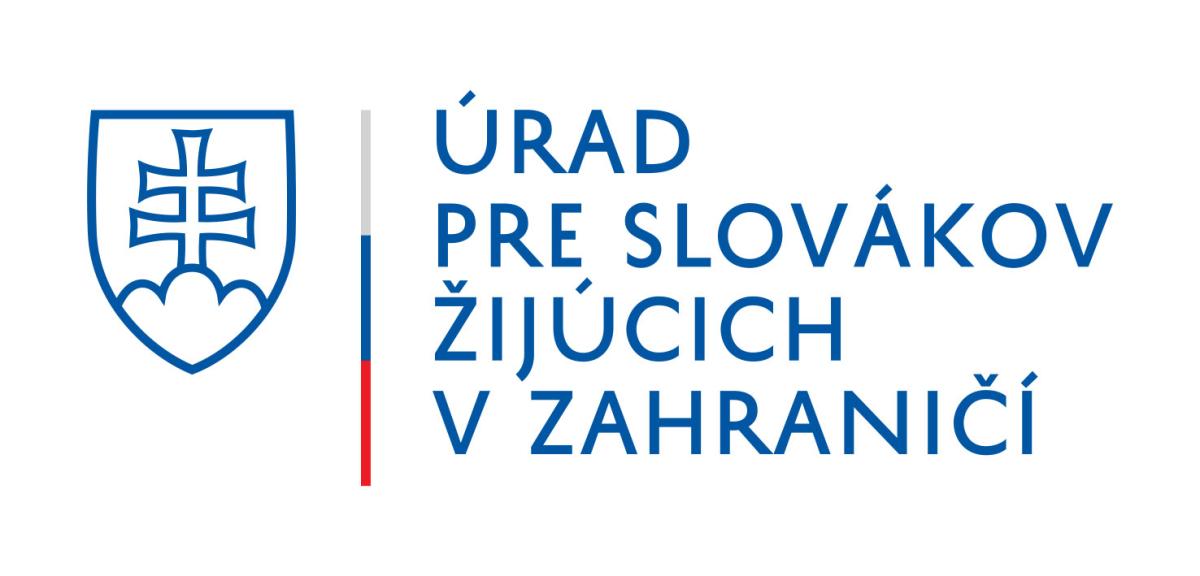

Watch the video:
- May 01
- May 01
- Apr 26May 02May 03May 09May 10May 16May 17May 23May 24May 30May 31
- May 03May 10May 17May 24May 31
- Apr 21Apr 24Apr 28May 05May 08May 12May 15May 19May 22May 26May 29
- Apr 21Apr 28May 05May 12May 19May 26
- Apr 21Apr 24Apr 28May 05May 08May 12May 15May 19May 22May 26May 29
- Apr 22May 06
- May 06May 27
- May 06
- May 06
- May 06Jun 10
- May 08May 15May 15May 22May 29
- May 08May 15May 22May 29
- May 08May 15May 22May 29
- May 08
- Apr 24May 08May 15May 22May 29
